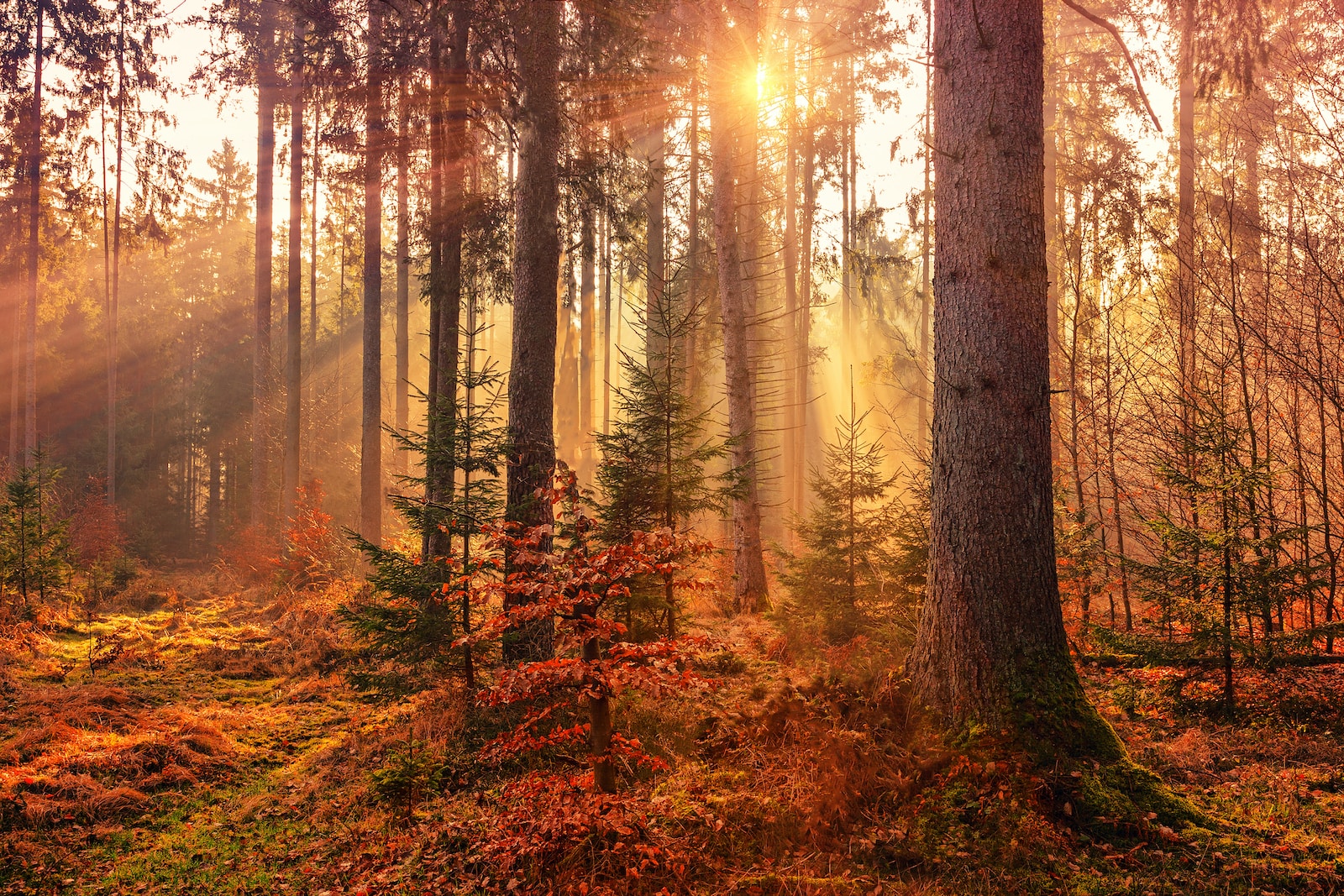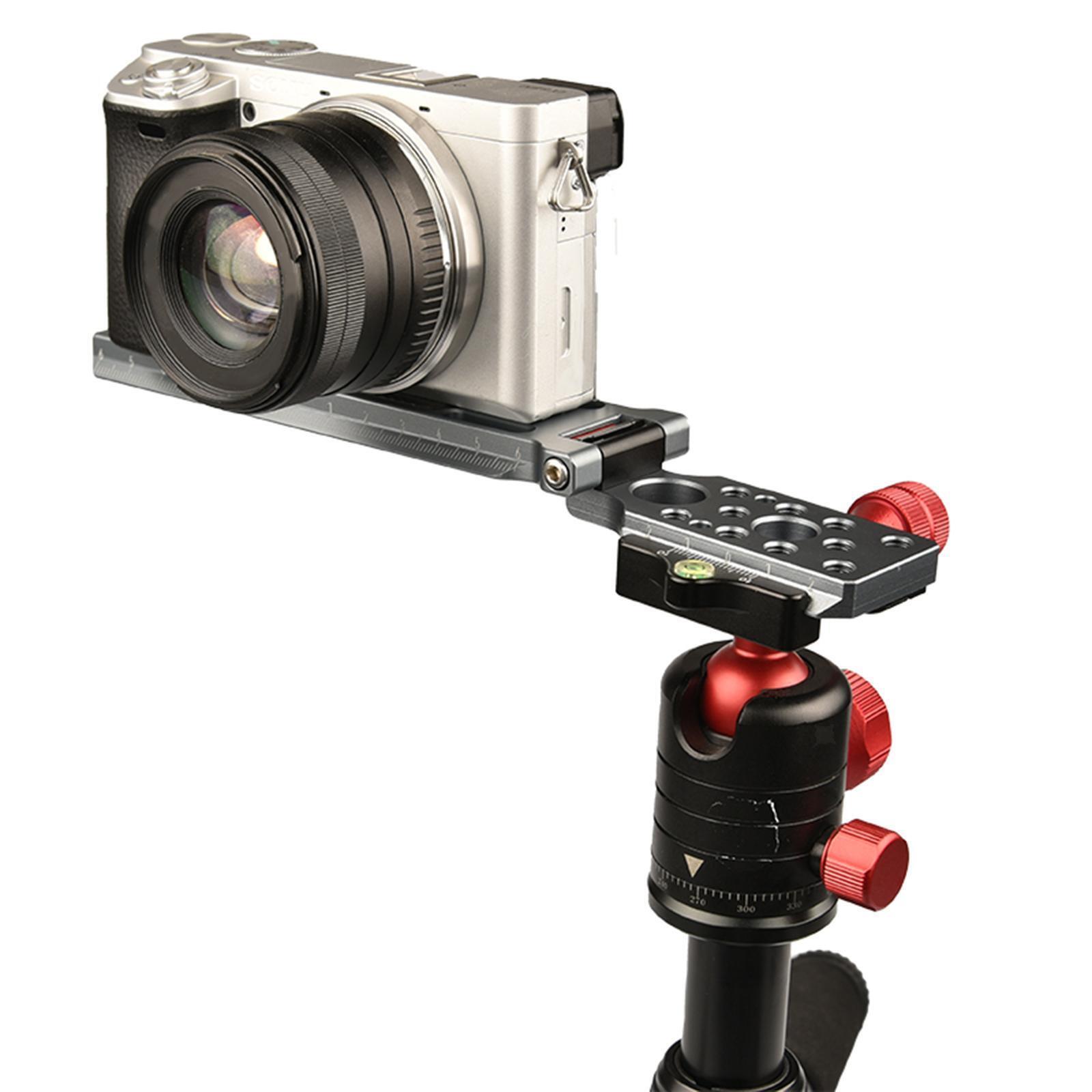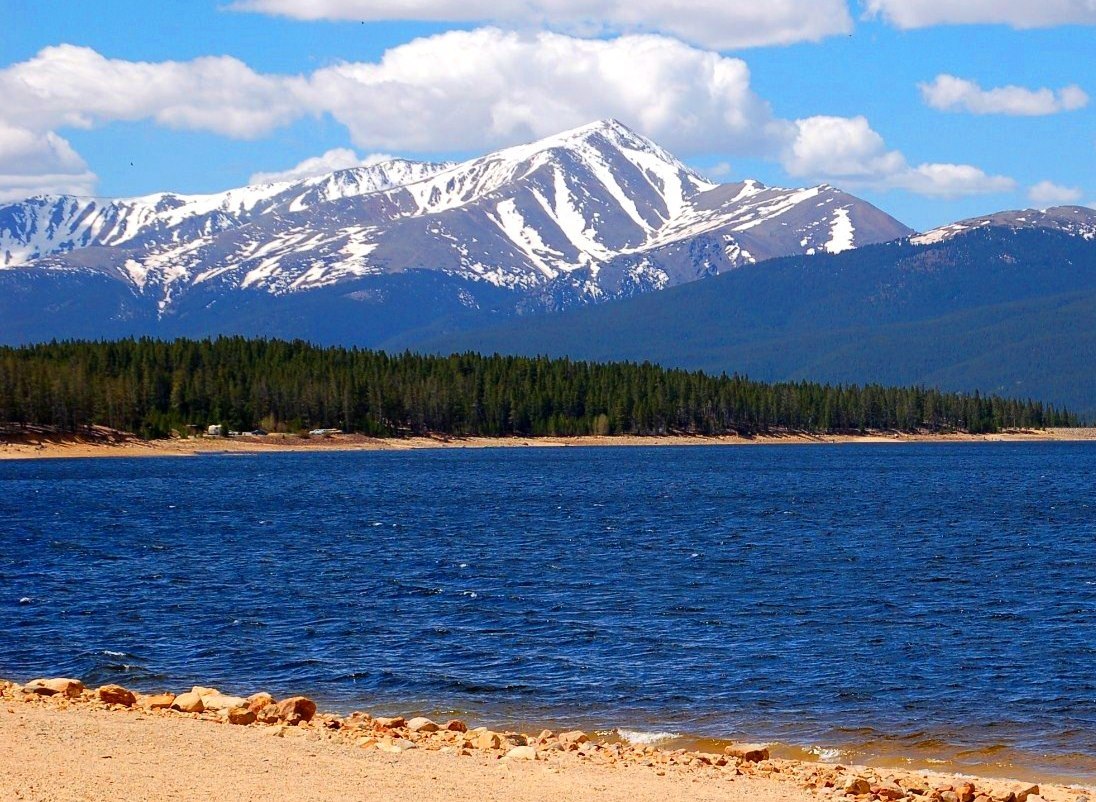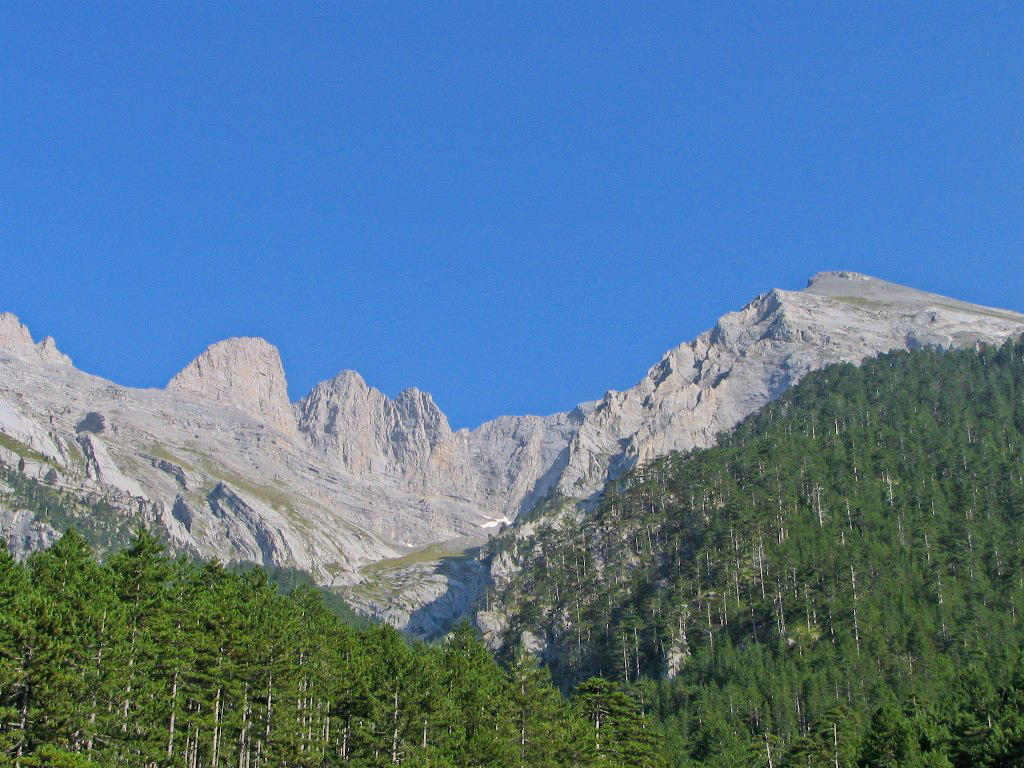Welcome to “Embracing the Mist: How to Photograph Foggy Landscapes.” Are you captivated by the enigmatic allure of misty landscapes? Then prepare to embark on a journey through the ethereal beauty of fog photography. In this guide, we’ll explore the captivating world of atmospheric photography and uncover the secrets to capturing moody and mesmerizing images. Whether you’re a seasoned photographer or just starting your journey, get ready to delve into the mystical realm of misty landscapes and discover how to create breathtaking photos that will leave viewers spellbound.
Table of Contents
- Embracing the Mist: How to Photograph Foggy Landscapes
- Essential Equipment for Photographing Foggy Landscapes
- Embracing the Mist: How to Photograph Foggy Landscapes
- Frequently Asked Questions
- 1. Why is fog photography so popular?
- 2. What equipment do I need for fog photography?
- 3. What camera settings should I use for fog photography?
- 4. How can I enhance the atmosphere in my foggy landscape photos?
- 5. Is it better to shoot in color or black and white when photographing fog?
- 6. How can I ensure sharp focus when photographing in foggy conditions?
- 7. Are there any composition tips for fog photography?
- 8. How can I post-process my foggy landscape photos?
- 9. Are there any safety precautions to consider when photographing in fog?
- 10. Can you provide some examples of foggy landscape photographs?
- Wrap Up
Embracing the Mist: How to Photograph Foggy Landscapes
Uncover the mystery and beauty of foggy landscapes. Learn how to effectively use fog to create moody and atmospheric photos.
The Mystical Allure of Foggy Landscapes
Fog, often associated with a sense of mystery and enchantment, can transform an ordinary landscape into an ethereal and captivating scene. It creates a dreamlike ambiance that draws viewers into a world of imagination. As a photographer, you have the unique opportunity to capture this magical essence and create stunning visual stories.
When photographing foggy landscapes, it’s important to understand the key elements that make these scenes so captivating:
- Soft and Diffused Light: Fog acts as a natural diffuser, softening the harshness of the sun’s rays. This soft light creates a gentle and delicate atmosphere, perfect for capturing sublime and serene images.
- Enhanced Mood: The misty veil of fog adds a touch of mystery and mood to any landscape. It evokes a sense of tranquility, solitude, and introspection. Harnessing this emotional appeal in your photos can create a powerful connection with your audience.
- Depth and Dimension: Fog adds depth and dimension to your images, separating the subject from its background. It creates layers of various tones and textures, enhancing the overall visual impact of your photographs.
Capturing the Magic: Techniques for Fog Photography
Now that you understand the mesmerizing qualities of fog, let’s delve into some techniques that can help you capture its enchantment:
- Choose Your Location: Look for areas with a higher chance of fog formation, such as near bodies of water or in valleys. Research local weather patterns and plan your shoot accordingly.
- Play with Composition: Utilize elements within the landscape to create a strong composition. Experiment with leading lines, framing, and asymmetry to guide the viewer’s eye through the foggy scene.
- Focus on Details: In foggy conditions, details become more pronounced. Look for interesting textures, patterns, or unique subjects that can become the focal point of your image. Whether it’s a lone tree, a distant silhouette, or a dew-covered spider web, these details can add intrigue to your photographs.
- Experiment with Exposure: Fog can often confuse your camera’s light metering system. Take multiple exposures, both over and underexposed, to capture different moods and preserve the details within the fog. Don’t be afraid to push the boundaries and embrace the softness and atmosphere created by higher exposure settings.
- Embrace Silhouettes: When capturing foggy landscapes, silhouette photography can be incredibly powerful. Use the fog as a backdrop and silhouette subjects against the soft, diffused light to create striking and dramatic images.
Remember, creativity knows no boundaries. Experiment with these techniques, but also trust your intuition and personal vision. Embrace the mist and let it guide you towards creating awe-inspiring and atmospheric photographs that transport viewers to a world of magic and wonder.
Did you know that fog photography is also known as mist photography? It's a captivating genre that allows photographers to capture the ethereal beauty of landscapes wrapped in a mysterious veil of fog.
Essential Equipment for Photographing Foggy Landscapes
Foggy landscapes offer a surreal and enchanting atmosphere, making them ideal subjects for photographers seeking to capture ethereal and mysterious images. To effectively create moody and atmospheric photos, it’s essential to have the right equipment. In this section, we’ll explore the necessary camera gear, lenses, and additional equipment that can elevate your fog photography to new heights.
The Camera: Versatility and Control
When it comes to capturing the essence of foggy landscapes, a camera with a range of manual controls is crucial. It allows you to tailor your settings to accurately represent the unique lighting and tonal qualities that fog brings. Look for a camera that provides easy access to essential functions such as aperture, shutter speed, and ISO sensitivity.
Cameras with a wide dynamic range can handle the contrast challenges often presented by fog. This feature allows you to retain details in both the highlights and shadows, resulting in well-balanced and captivating images. Additionally, a camera with high ISO capabilities is advantageous as foggy conditions may necessitate shooting in low light.
Choosing the Right Lens: Emphasizing Depth and Atmosphere
When photographing foggy landscapes, a versatile lens is recommended to capture the vastness and mood of the misty scene. Wide-angle lenses are popular choices for their ability to encompass expansive vistas and exaggerate the sense of depth. They are ideal for capturing the layers of mist and conveying the atmospheric quality of fog.
On the other hand, telephoto lenses can be employed to isolate specific elements within the foggy landscape, such as trees or isolated structures. This allows you to create a more intimate and focused composition, highlighting the ethereal nature of the subject.
Additionally, consider using prime lenses with wide apertures. These lenses excel in low-light conditions, allowing you to maintain high shutter speeds and capture sharp images. The wide aperture also enables you to create a shallow depth of field, emphasizing specific areas within the fog or isolating subjects against the misty backdrop.
Ultimately, the choice of lens will depend on your creative vision and the specific mood you aim to convey in your fog photography. It’s advisable to experiment with different lenses to fully explore the possibilities provided by these unique weather conditions.
Consider using filters to enhance the mood of your foggy landscape photography. Neutral density (ND) filters can help you achieve longer exposures, emphasizing the movement of fog and creating a more serene and dreamlike atmosphere.
While having the right camera and lens combination is crucial, it’s worth mentioning that aside from these essentials, additional gear such as a sturdy tripod, lens cleaning equipment, and extra batteries are essential items to have in your fog photography toolkit. They ensure that you stay prepared and ready to seize the moment when nature blesses you with a foggy spectacle.
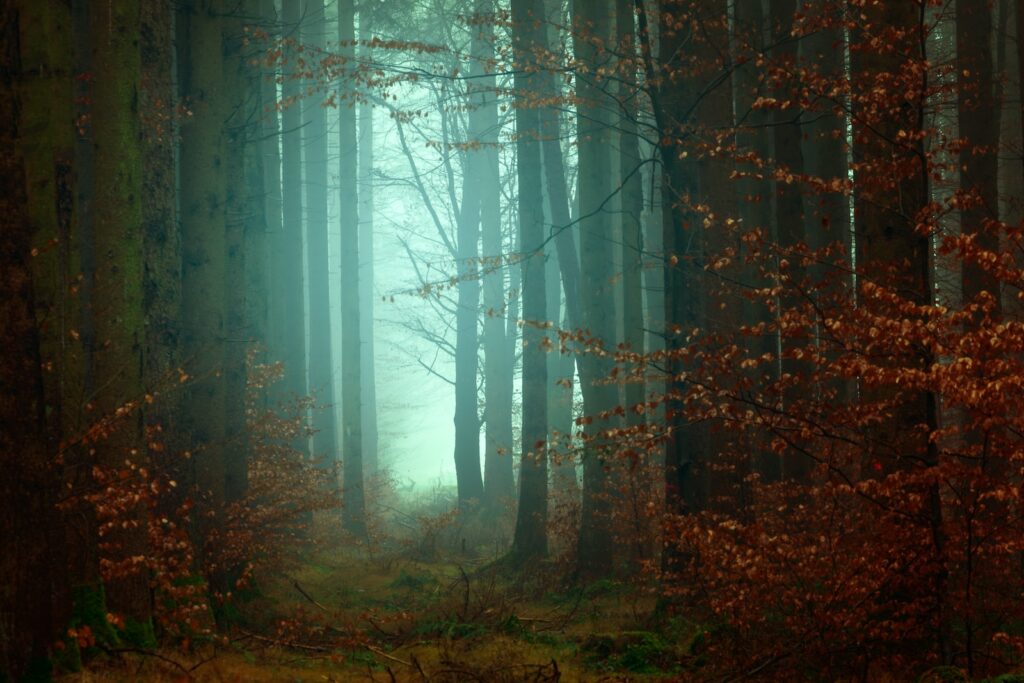
Embracing the Mist: How to Photograph Foggy Landscapes
When it comes to photographing foggy landscapes, timing is everything. Early morning and late evening are typically the best times to capture the magical ambiance of mist. During these hours, the temperature tends to drop, causing the air to cool and moisture to condense, creating foggy conditions. The fog will add depth, mystery, and drama to your landscape photographs.
Elevated Positions
Find a hilltop, a viewpoint, or a high-rise building that offers a panoramic view of the landscape. From these elevated positions, you can capture an incredible sight – fog rolling over the land, snaking through the valleys, and resting on bodies of water. This perspective adds a sense of vastness and depth to your images.
Take advantage of leading lines such as roads, rivers, and paths within the landscape. These help guide the viewer’s eye through the photo, enhancing the overall composition and creating a sense of depth within the foggy scene.
Incorporating Foreground Elements
Another approach is to position yourself close to elements in the foreground. By doing so, you can create a sense of intimacy and isolation within your foggy landscape photos. Examples of foreground elements could be trees, rocks, or even architectural features such as bridges or fences.
Having a strong foreground element, partially shrouded in mist, can create a powerful contrast between the detailed subject and the slightly obscured background, enhancing the overall atmosphere of your photograph.
Keep in mind that while elevated positions provide a broader view, incorporating foreground elements allows for a more intimate and focused composition. Both options offer unique benefits and it’s up to you to decide which approach aligns best with your vision.
Whether you choose an elevated position to capture the vastness of the misty landscape or incorporate foreground elements for a more intimate feel, don’t forget to experiment with different angles and compositions. Move around, explore the environment, and don’t be afraid to get low or high to find the most compelling perspective.
If you’re after a mystical, dreamlike effect, consider using a wide aperture to create a shallow depth of field. This will help isolate your subject from the foggy background, making it stand out even more.
Now that you know the best time to shoot and how to position yourself for capturing awe-inspiring foggy landscapes, it’s time to grab your camera and go out into the mist. Embrace the beauty of nature’s ethereal atmosphere and create photographs that evoke a sense of mystery and wonder.
One helpful tip for photographing foggy landscapes is to use a wide-angle lens. This will allow you to capture the vastness of the fog and create a sense of depth in your photos. Additionally, using a tripod is essential to ensure sharpness in your images, as foggy conditions often require longer exposures.
Frequently Asked Questions
1. Why is fog photography so popular?
Fog photography is popular because it adds a sense of mystery and atmosphere to landscapes. It can transform an ordinary scene into something magical and ethereal.
2. What equipment do I need for fog photography?
To capture stunning foggy landscapes, you need a DSLR or mirrorless camera, a wide-angle lens, a sturdy tripod, and a remote shutter release. A lens hood and lens cleaning cloth are also useful to prevent any mist or condensation on your lens.
3. What camera settings should I use for fog photography?
When photographing foggy landscapes, use a low ISO setting to minimize noise and capture detail in the mist. Opt for a wide aperture to create a shallow depth of field and enhance the atmospheric effect. Experiment with different shutter speeds to capture movement or create a dreamy look.
4. How can I enhance the atmosphere in my foggy landscape photos?
To enhance the atmosphere in your foggy landscape photos, try using a longer focal length lens to compress the layers of fog and create a sense of depth. Look for elements like trees or buildings that emerge from the mist to add interest and intrigue to your shots.
5. Is it better to shoot in color or black and white when photographing fog?
Both color and black and white can be effective for fog photography, depending on the mood and aesthetic you want to achieve. Color photos can showcase the subtle tones and hues in the fog, while black and white can emphasize the contrast and texture, creating a more dramatic look.
6. How can I ensure sharp focus when photographing in foggy conditions?
In foggy conditions, it can be challenging for autofocus systems to lock onto a subject. To ensure sharp focus, switch to manual focus mode and use the live view feature on your camera to zoom in and fine-tune the focus manually. Pay attention to details like tree branches or foreground elements to ensure clarity.
7. Are there any composition tips for fog photography?
When composing your foggy landscape shots, consider using leading lines or diagonals to guide the viewer’s eye through the mist. Experiment with different perspectives, such as shooting from a low angle or incorporating reflections in water bodies. Don’t be afraid to have negative space in your composition to emphasize the vastness of the foggy scene.
8. How can I post-process my foggy landscape photos?
In post-processing, you can enhance the mood and atmosphere of your foggy landscape photos. Adjust the contrast and tones to bring out the details in the mist or experiment with adding a subtle vignette to draw attention to the subject. Use tools like dodge and burn to selectively enhance or darken certain areas to create a more impactful image.
9. Are there any safety precautions to consider when photographing in fog?
When photographing in foggy conditions, it’s essential to be aware of your surroundings. If driving to a location, use caution and follow traffic rules. Dress appropriately for the weather, including wearing reflective clothing if necessary. Carry a flashlight for visibility and be cautious of slippery surfaces.
10. Can you provide some examples of foggy landscape photographs?
Unfortunately, I am unable to provide visual examples in this text-based format. However, you can search online for “fog photography” or “mist photography” to find stunning examples of foggy landscapes captured by talented photographers.
Wrap Up
In conclusion, foggy landscapes offer a captivating and mysterious atmosphere for photography. By understanding how to effectively use fog, you can create stunning and atmospheric photos that evoke emotion and leave a lasting impact on viewers.
Embrace the mist and experiment with different techniques to capture the beauty of foggy landscapes. Play with light, composition, and subject matter to create unique and captivating images. Remember, practice makes perfect, so don’t hesitate to venture out on foggy mornings or evenings to hone your skills.
We hope this guide has inspired you to pursue fog photography and explore the limitless possibilities it offers. Feel free to share your experiences and tips in the comments below. Let’s connect, learn from each other, and continue to embrace the mist together. Happy shooting!
